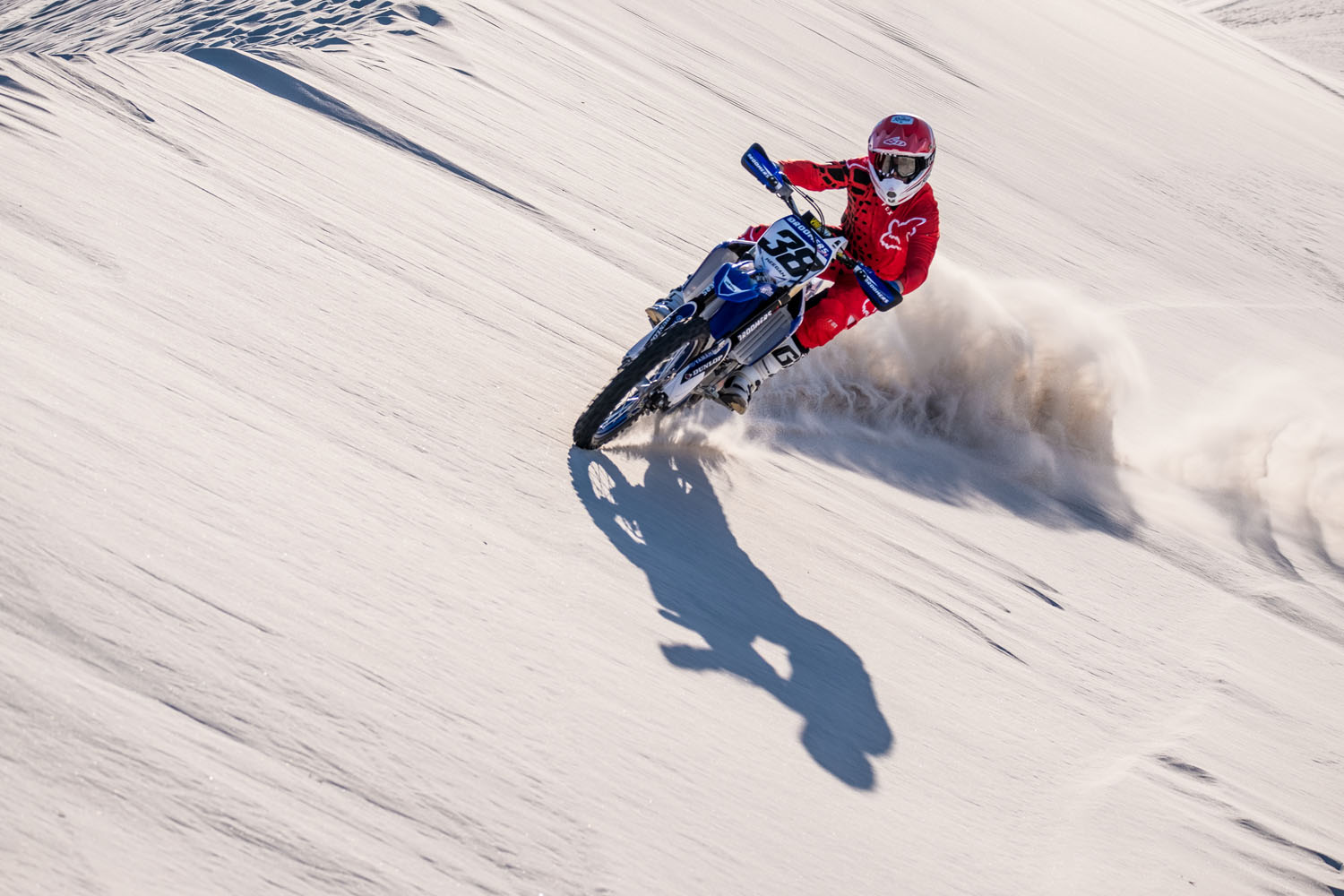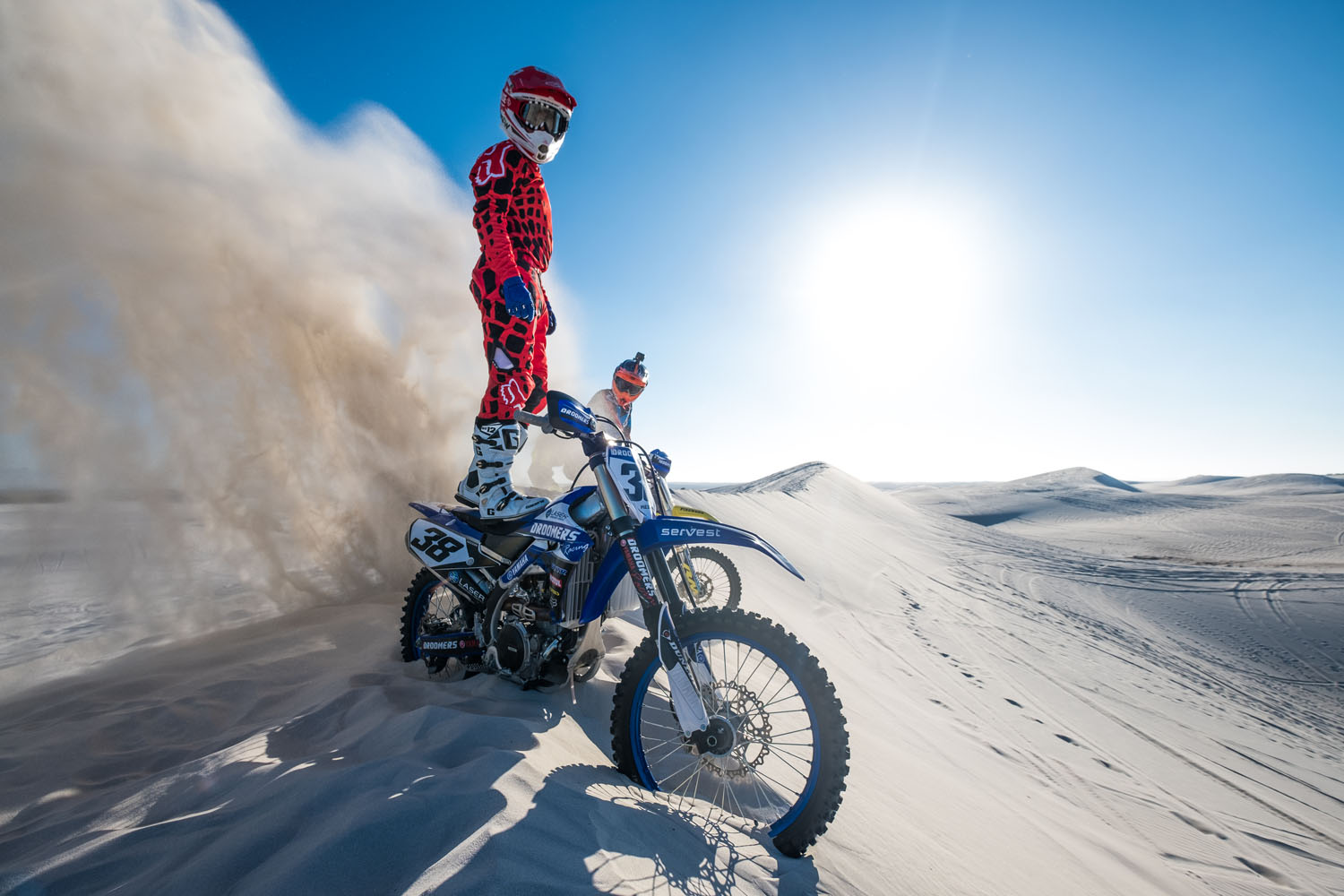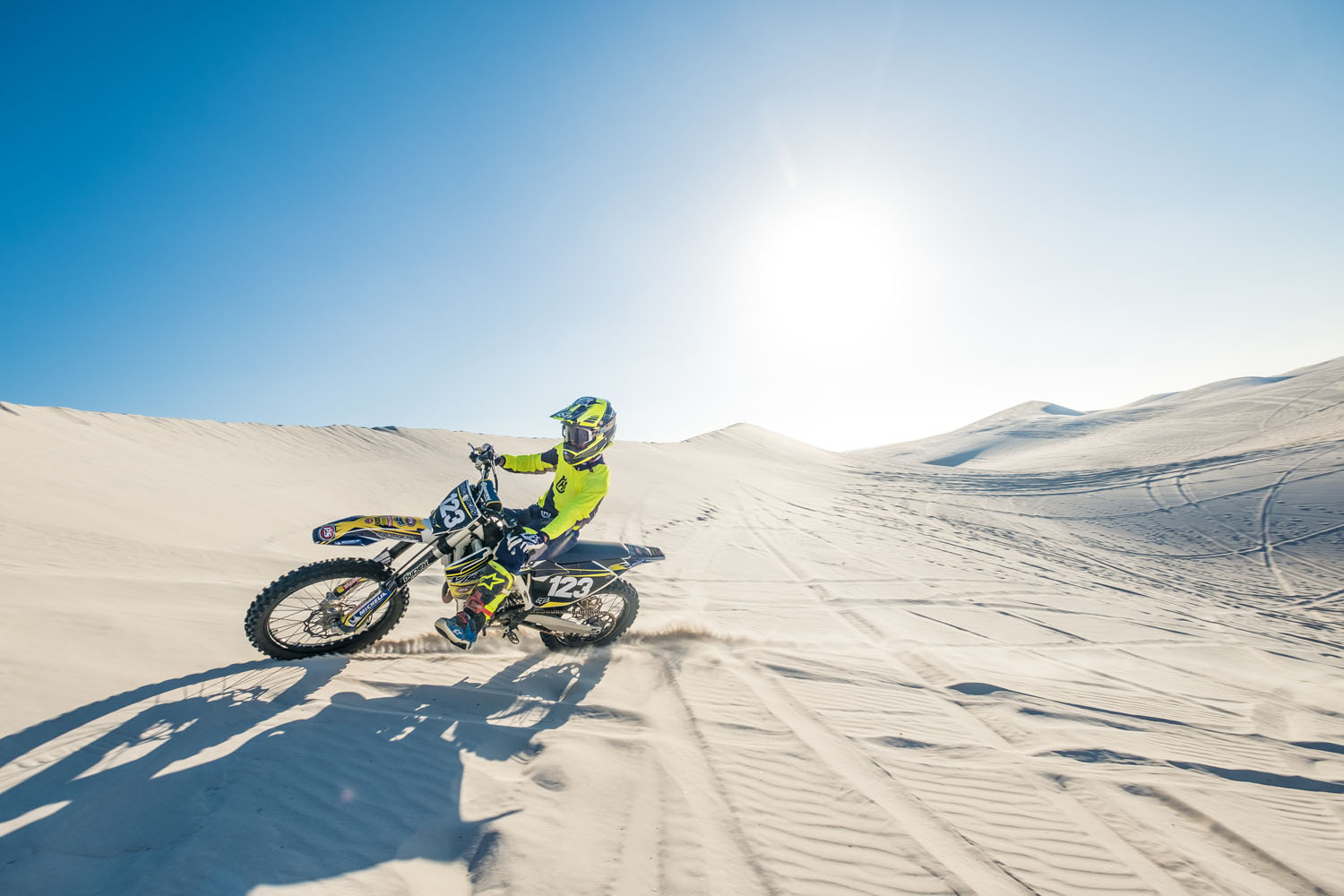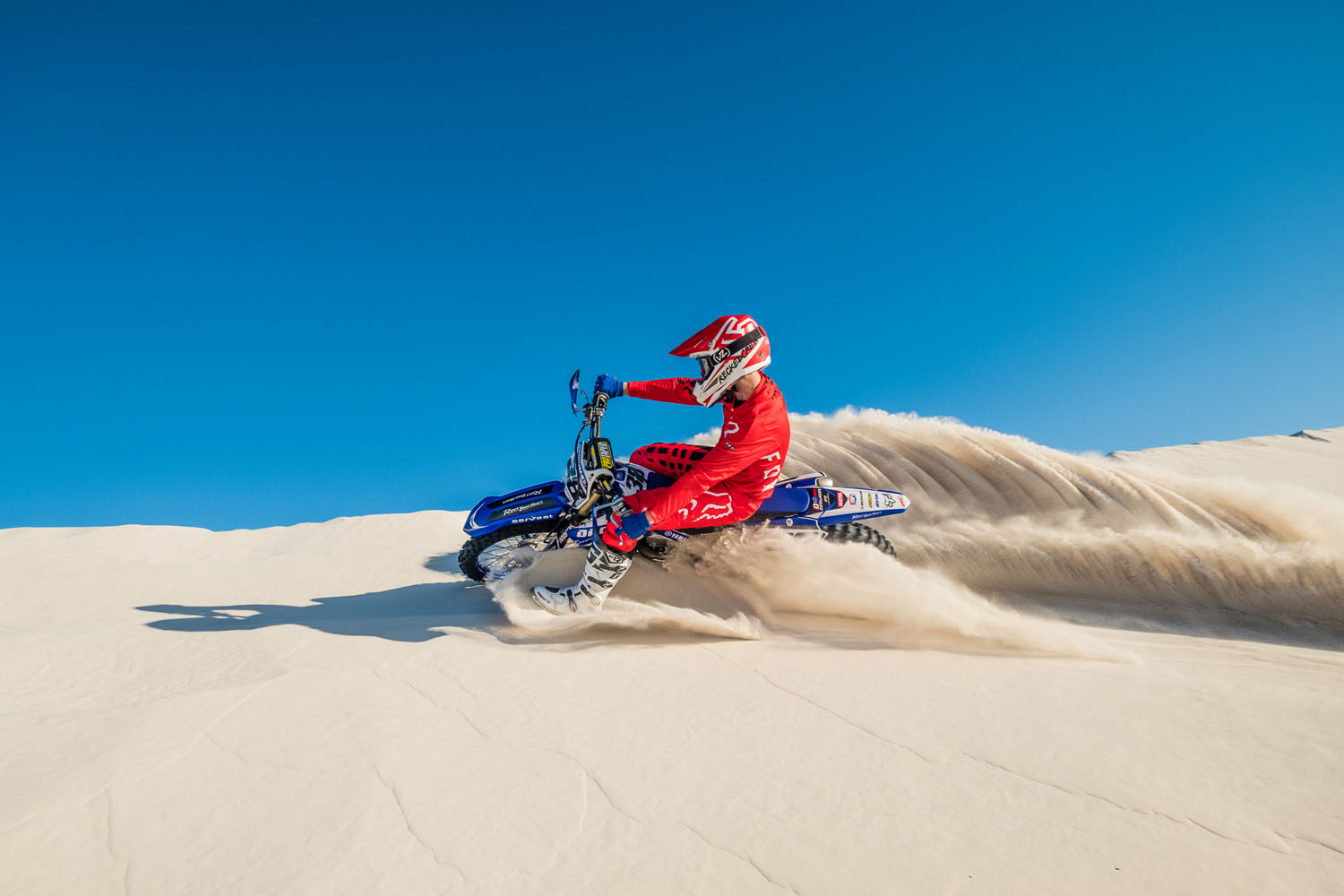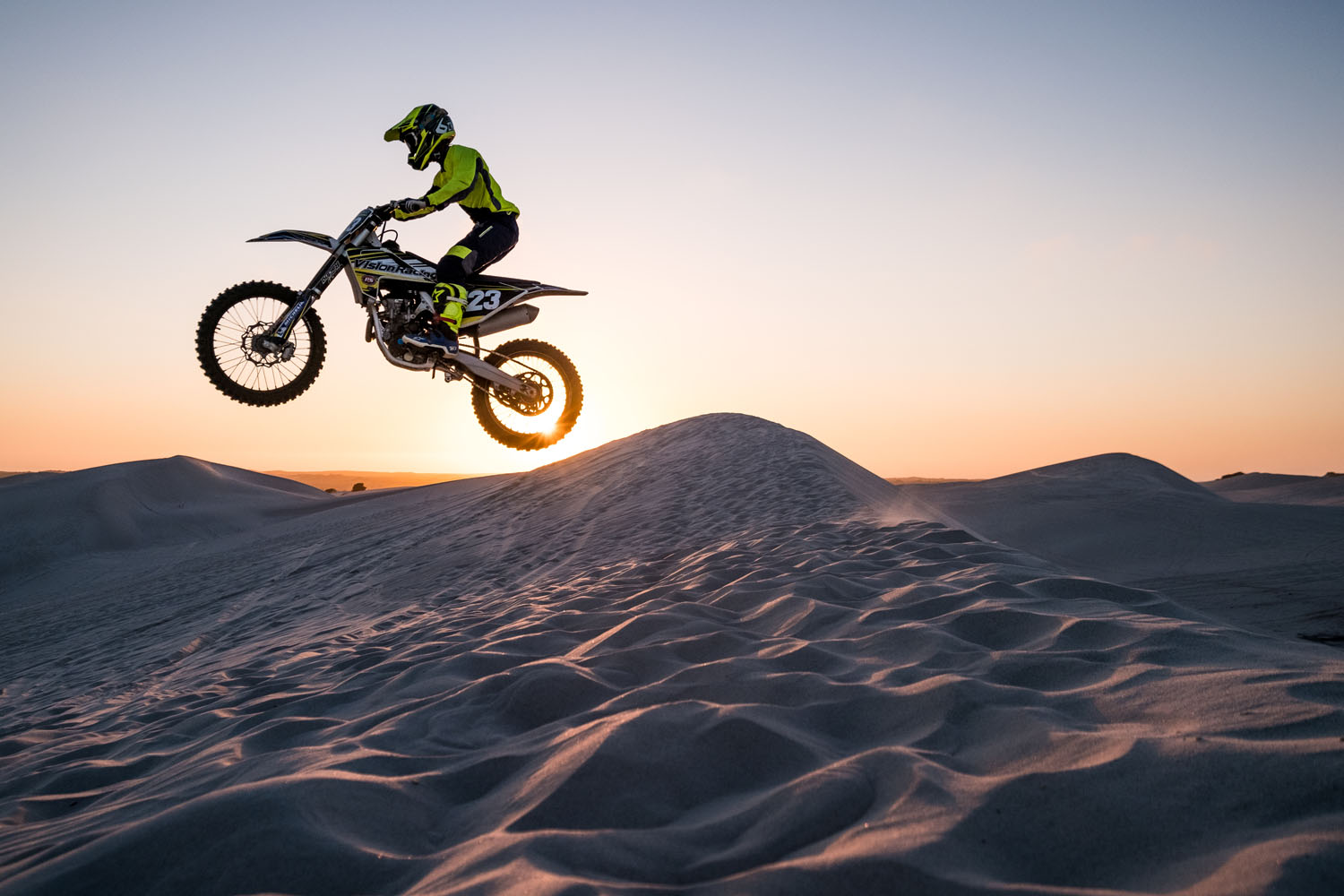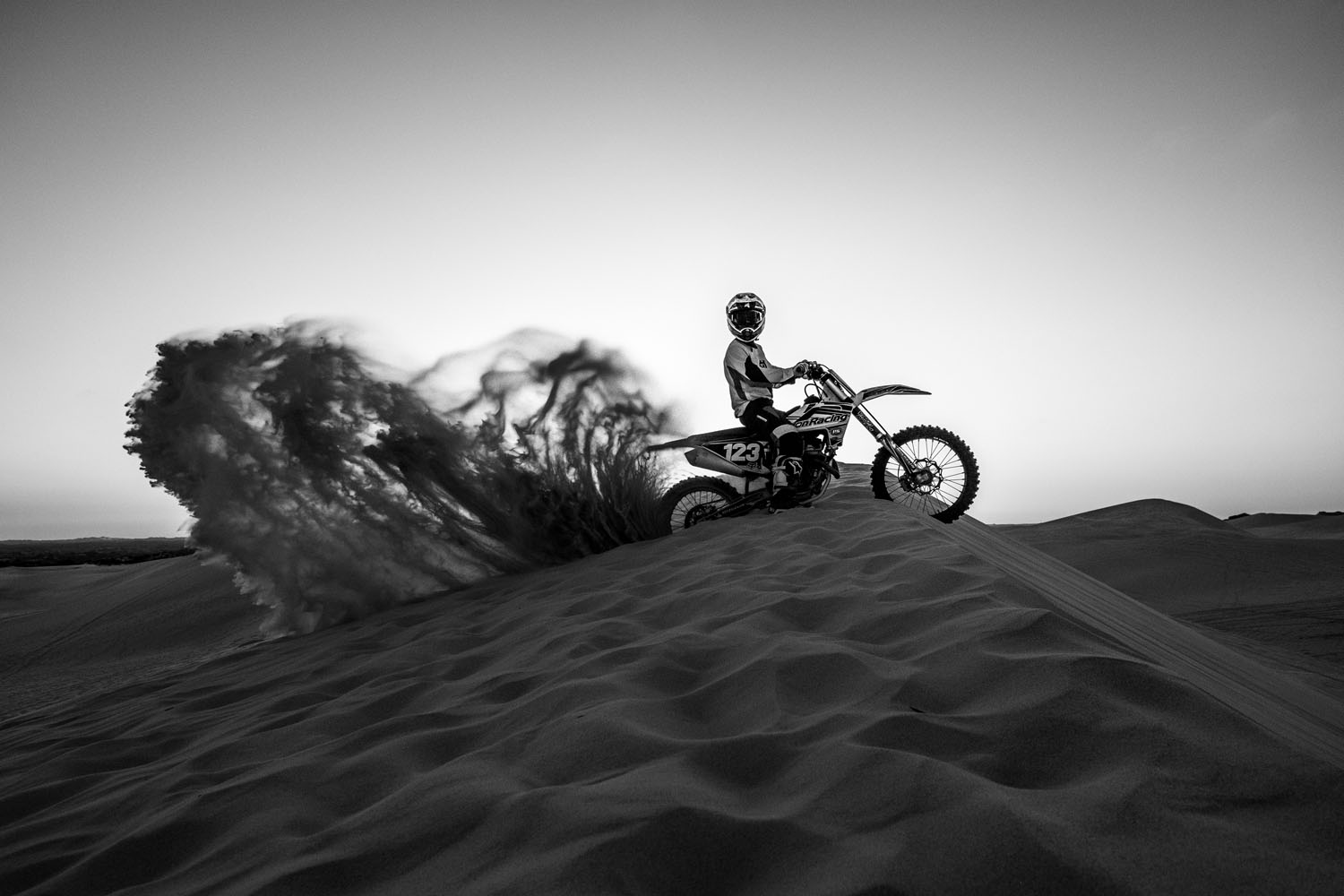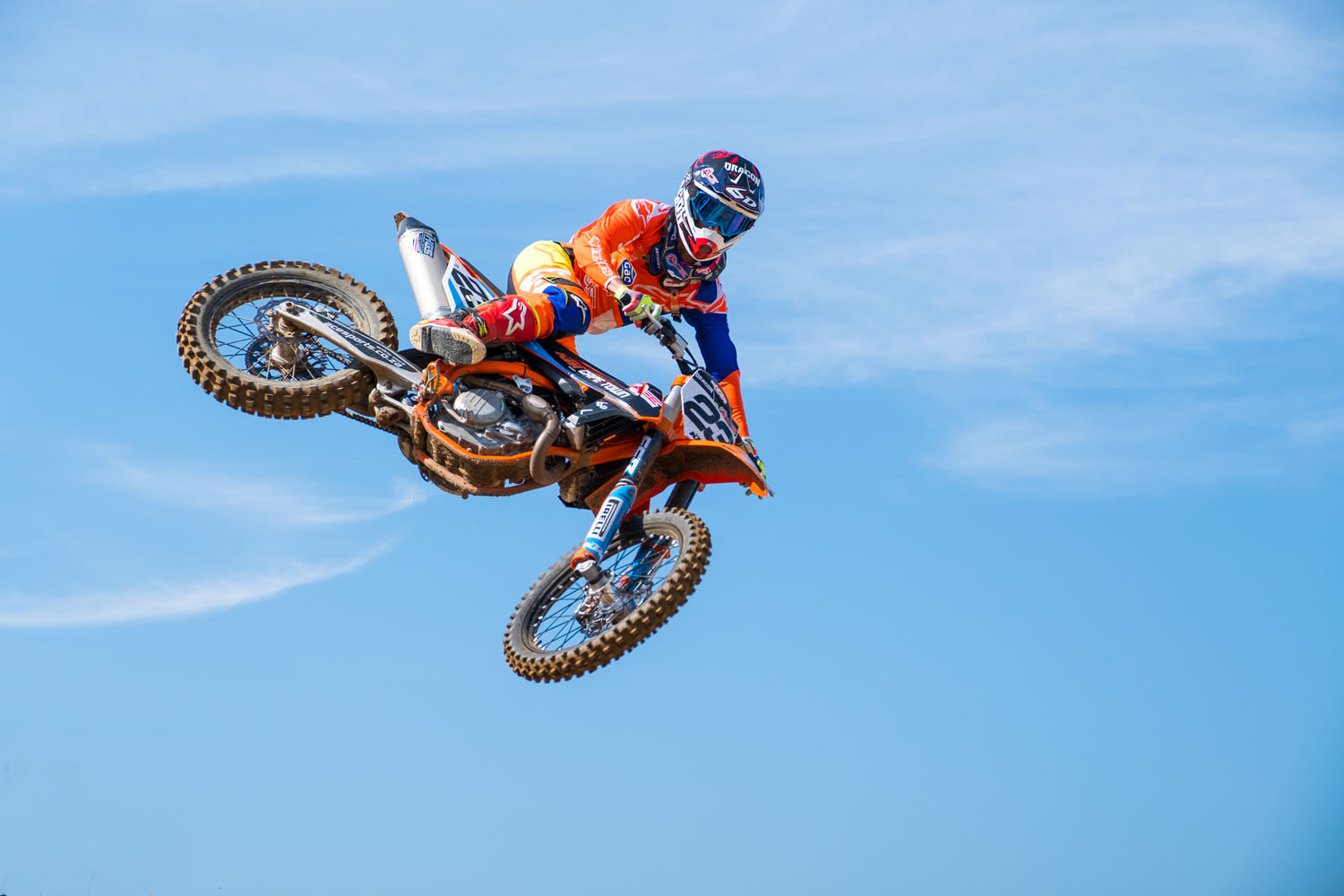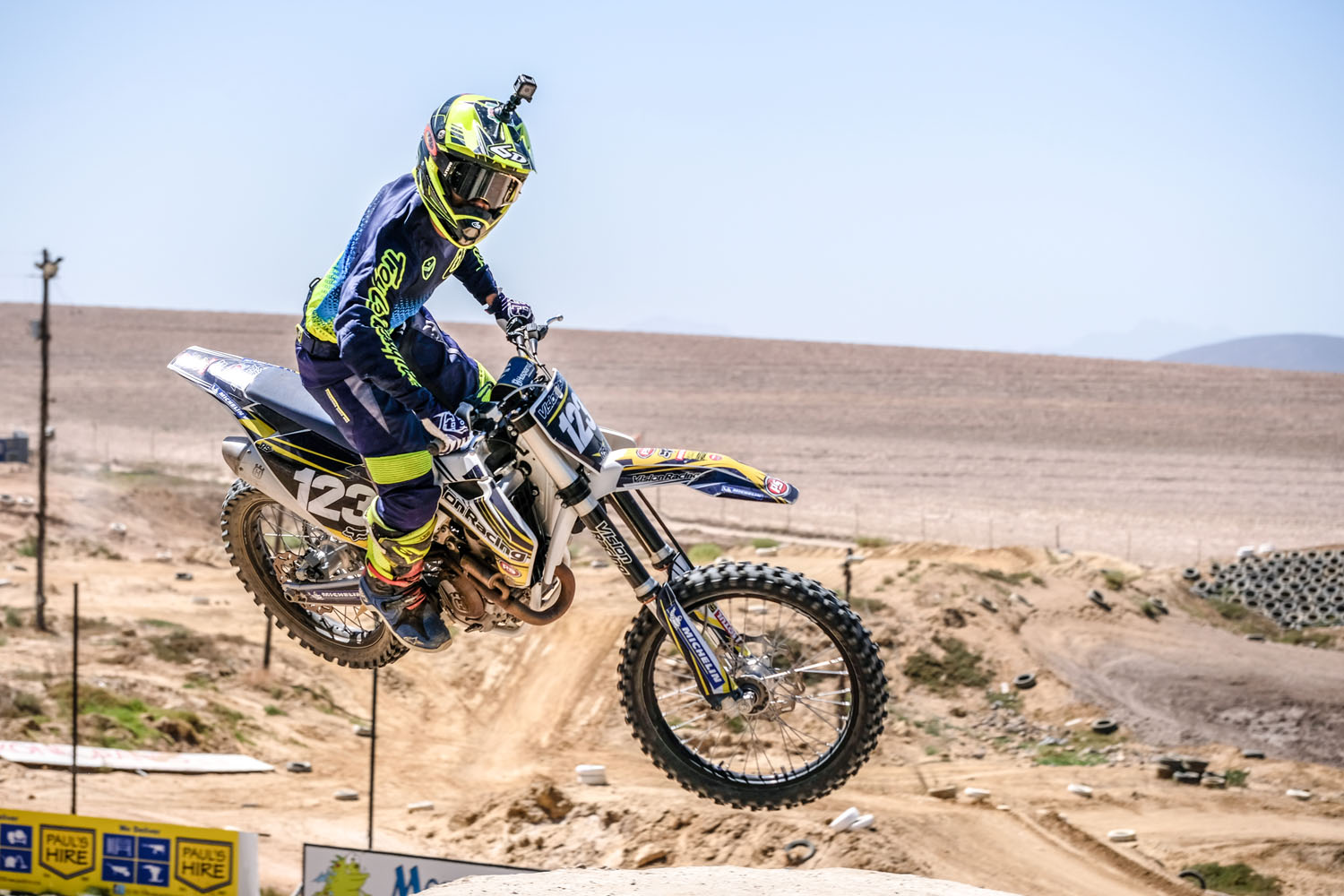
An Action Sports Photographer's Thoughts on the X-H1
Dan Edwards
Dan is a self-taught action sports photographer who produces compositions full of energy and emotion. With a passion for storytelling, Dan is always chasing images that skirt between the lines of documentary and sports photography.
With a work ethic of an energetic youth and the developed understanding of what clients want, Dan is not creating images in order to win any talent shows but rather establish himself as one of South Africas best action sports photographers.
As a sports photographer specializing in action and fast-paced sports, I have used many different cameras and lens set-ups including my current X-T2 which I enjoy greatly. So when Fujifilm asked me to test the new X-H1 I jumped at the chance, and have now shot with it on five different occasions, mostly shooting motorsport.
With this in mind, Fujifilm have asked me to put my thoughts into this article so I can share my experiences with other photographers who might be thinking of using it in similar applications.
Everything You Love about Fujifilm Cameras is Here.
If you have shot with Fujifilm cameras before you will be pleased to know that everything you love about them is in the X-H1. This includes the menu and dial settings, the color filters, and the attention to detail in every aspect. For those of you who haven’t shot with a Fujifilm camera before, well expect a great experience.
Build Quality and Ergonomics
As a photographer who is generally laying in ditches, running up mountains, hiding under bridges, rolling down sand dunes, and generally very dirty while shooting everything from trail running, to mountain biking, to motocross build quality is incredibly important to me.
In this regard the X-H1 is incredible. On the motocross shoots I did with the camera I was within centimeters of motorbikes doing around 60 kilometers per hour in both sandy and dirt track conditions, as a result the camera, and I, found ourselves covered in sand and dirt most of the time. The X-H1 was not effected at all and a quick wipe or blow down had it back to looking it’s best in no time. Indeed after each shoot the X-H1 didn’t even need a sensor clean. From a build point of view I, therefore, cannot ask for more from it.
With regards to ergonomics, I was really impressed with the thought and care that Fujifilm have put into the X-H1.
The most visible difference in this regard is the grip and shutter release on it vs. the X-T2. As a bigger guy with large hands, the bigger grip really was a welcome addition. Suddenly, combined with the magnesium body, the balance of the camera, especially with longer lenses such as the XF100-400mmF4.5-5.6 on it, just feels better and more solid.
The shutter release position was a huge improvement for me. By having it in a more forward position and slightly angled made the handling of the camera so much easier. My one complaint with the X-T2 is that I haven’t found a way to use a hand/wrist strap on the camera, which is my preferred way of running/hiking and shooting on the go with a camera. The reason is that the position of the shutter release on the X-T2 meant that you were impacted by the strap when trying to get to it. By moving the button as Fujifilm have done on the X-H1 I am now able to use these straps again. This is a small, but significant change in my opinion.
Features and Functions
While all of the focus has been on the amazing IBIS system that is, to be fair, totally amazing, and has allowed me to shoot motocross hand held with the XF100-400mmF4.5-5.6 lens at 1/15th sec, I do think one new feature has gone somewhat under the radar.
This feature is the addition of the CM burst mode. Very quickly on day one I found this to be a real sweet spot of a mode, especially when using an on-camera flash such as the EF-X500.
Personal experience has shown that shooting high paced sports with a flash means that with CL you are sure to be in sync with the recycle time on the flash but might miss a shot, and with the CH you’ll get the shot but the flash might not have recycled in time so won’t have fired. On each shoot I have now done with the X-H1 I have found that the CM burst mode hit the mark in being the perfect combination of these where I got the shot and was almost guaranteed that the flash fired. As with the shutter release position for the work that I do this is an important addition to the camera.
Conclusion
In short, I love the X-H1, I have nothing but positive things to say about the camera and think that if ticks a lot of the boxes sports photographers are looking for but haven’t found in a mirrorless camera in the past. I’d therefore highly recommend it and look forward to many more successful shoots with the camera.















































